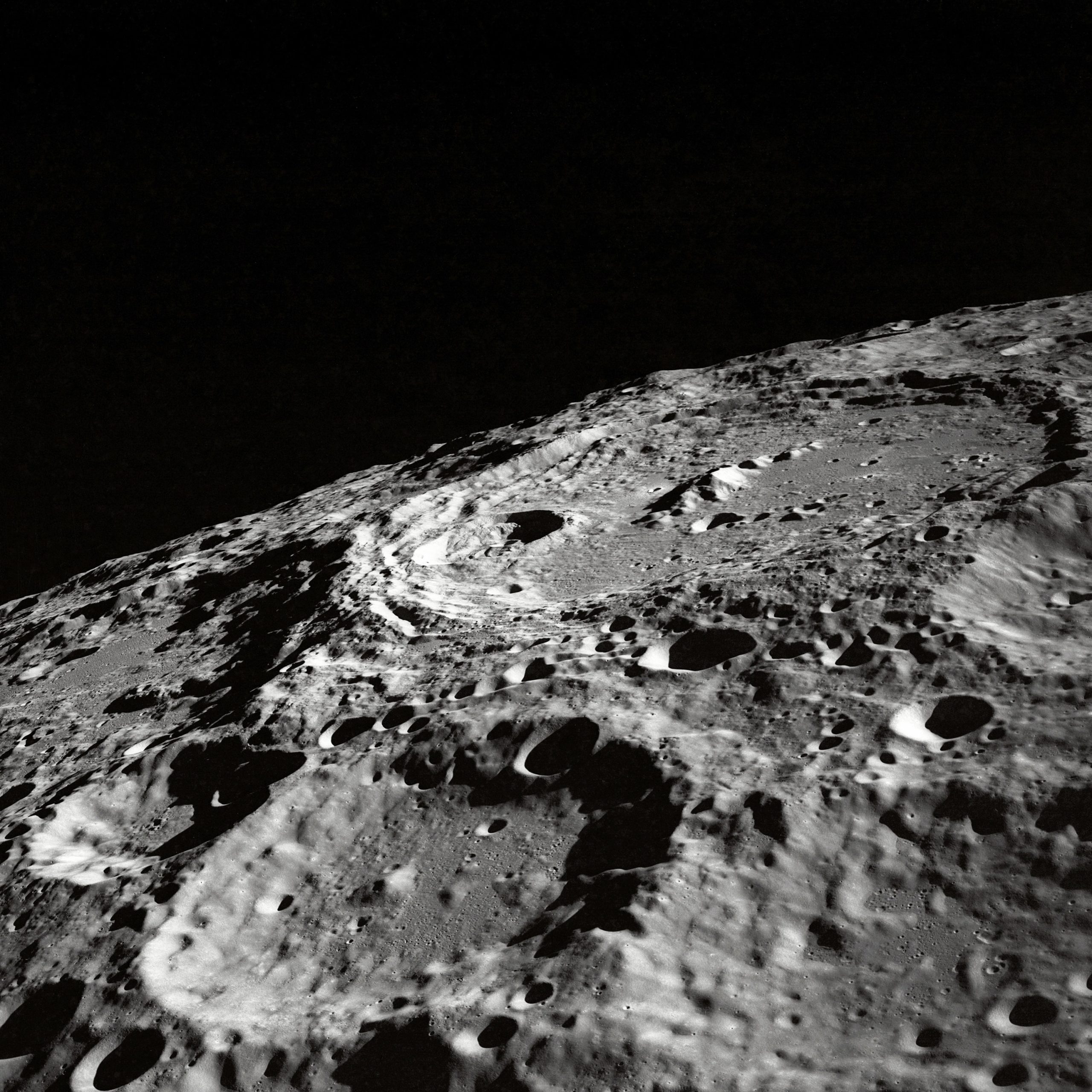Exploring the Symbolism of the Moon and Star in Islam
The moon and star have long been associated with the religion of Islam and are recognized globally as symbols of the faith. The emblem depicting a crescent moon and star is commonly found on religious flags, architecture, and even personal items owned by Muslims. However, the origins and meanings behind these symbols are often misunderstood or misinterpreted. In this in-depth exploration, we will delve into the significance of the moon and star in Islam, shedding light on their historical and cultural contexts.
The Crescent Moon and Star: A Brief History
To fully grasp the symbolism of the moon and star in Islam, we must rewind to the early history of this religion. The Islamic calendar follows a lunar system, whereby months are defined by the cycles of the moon. Hence, it is not surprising that the moon has always held great importance in Islamic culture. Over the centuries, the crescent moon emerged as a powerful symbol representing the Islamic faith. However, the star symbol came later and its association with Islam is not as ancient.
Several theories exist about the inclusion of the star in the Islamic symbolism, but one of the most widely accepted is its connection to the Ottoman Empire. The Ottomans adopted the crescent moon as their symbol, and the star began to be associated with it. This symbolism gained prominence and spread across the Islamic world, eventually becoming closely associated with the faith itself.
Symbolic Interpretations
The moon and star carry various interpretations within the realm of Islam. Let us explore some of the commonly attributed meanings to these symbols:
The Crescent Moon
The crescent moon is seen as a representation of timekeeping in Islam. As mentioned earlier, the Islamic calendar follows the lunar cycles, making the moon a practical guide for determining religious observances such as the beginning and end of Ramadan. The changing phases of the moon symbolize the ebb and flow of life, reminding Muslims of the transient nature of the world.
Furthermore, the moon serves as a metaphor for the spiritual journey of believers. Just as the moon waxes and wanes, Muslims strive to grow spiritually and overcome their shortcomings. The symbolism of the crescent moon thus reminds individuals of the constant need for self-improvement and the pursuit of enlightenment.
The Star
The star, when combined with the crescent moon, signifies purity and divinity. In Islam, the star represents the divine light that guides humanity. It is associated with the concept of spiritual illumination and the pursuit of knowledge. Muslims believe that the Quran, the holy book of Islam, is a guiding light, and the star is a visual representation of this guiding force.
Additionally, the star is often interpreted as a symbol of hope and guidance during times of darkness. This symbolism is particularly potent in Islamic mysticism, where Sufis seek enlightenment and union with the divine. The star reminds followers to navigate their spiritual journey with steadfastness and steadfast faith even in the face of adversity.
Unity and Identity
The crescent moon and star also have a powerful impact on shaping a cohesive Muslim identity. These symbols are recognizable worldwide and act as unifying symbols for Muslims regardless of their cultural or ethnic backgrounds. The emblem of the moon and star serves as a reminder of the global community of Muslims who share a common faith and values.
Moreover, the crescent moon and star are instrumental in expressing one’s religious identity. Muslims often wear jewelry or clothing adorned with these symbols to outwardly showcase their faith and find solace in their collective identity. The symbolism of the moon and star bolsters a sense of belonging and fosters a feeling of pride and unity among Muslims.
Misconceptions and Controversies
Despite the rich history and symbolism associated with the moon and star in Islam, these symbols have sometimes been subject to misconceptions and controversies. One common misinterpretation is the belief that the moon and star were religious symbols originally associated with Islam’s primary prophet, Muhammad. However, there is no historical evidence to support this claim, and it is important to differentiate between cultural practices and religious symbolism.
Additionally, the utilization of the crescent moon and star as symbols of Islam has led to controversies and debates within the Muslim community itself. Some argue that the imagery has become commercialized and commoditized, stripping it of its true meaning. Others critique the use of symbols, stating that the focus should be on the profound teachings of Islam rather than on iconic representations.
Final Thoughts
The moon and star serve as potent symbols within the Islamic faith, embodying a rich tapestry of meanings and interpretations. While the significance of the crescent moon traces back to the early days of Islam, the star’s association with this symbol is more recent. Together, they represent the lunar calendar, symbolize spiritual journey, and act as guiding lights for Muslims around the world.
It is important to recognize that these symbols, like any other, have evolved and may carry different interpretations across cultures and regions. They serve as visual reminders for Muslims of their religious obligations and identity. The moon and star in Islam foster a sense of unity, guiding individuals on their path towards righteousness and enlightenment.
As we navigate the complexities of symbolism in Islam, let us remember that the true essence of any religion lies in the teachings and principles it imparts rather than the emblems it embraces. The moon and star are not to be worshipped, but rather serve as tangible reminders of the intangible beauty and wisdom of the Islamic faith.
Table of Contents
